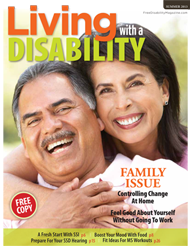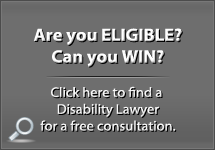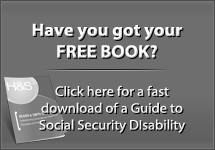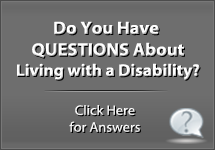
Spinal stenosis refers to a condition characterized by narrowing of the spaces within the spine or the backbone. The spinal cord and the spinal nerves lie in the space within the spine and narrowing of this space leads to compression of the spinal cord or the spinal nerves. Numbness, pain, or weakening of the lower back, thighs, legs, arms or shoulders are some of the common features of spinal stenosis.
Noted in about 250,000-500,000 people in the US, spinal stenosis commonly affects adults above the age of 50 years. It may occur due to disorders such as arthritis, slipped disk, spinal injury, tumors, or Paget’s disease. Younger individuals with narrowing of the spine since birth or injuries to the spine may also suffer from spinal stenosis.
Symptoms and signs
A wide variety of symptoms and signs are noted in individuals suffering from spinal stenosis. The symptoms may vary with the region of the compression. The most common symptom of spinal stenosis is numbness, cramping or pain in the involved regions. The lower back, buttocks, thighs, calves, shoulders, neck or the arm are the regions that can experience these symptoms based on the area of spinal compression. Affected individuals may also feel weakness in the lower leg or the arms. Most often these symptoms are noted only on one side of the body and are relieved when the individual sits or flexes the lower back.
In severe cases, affected individuals may have difficulty balancing themselves while walking, and also have difficulty in controlling bowel movements or urination. Loss of sexual function and loss of sensation or weakness in the legs may also be noted. Such severe symptoms require immediate medical attention.
Treatment options
The treatment options vary with the severity of the condition. In cases of mild to moderate symptoms, spinal stenosis can be managed with home care and administration of medications and using medical aids (like a brace).
Adequate rest and simple activities such as walking are advised to relieve the stiffness. Medications commonly advised include non-steroidal anti-inflammatory drugs (NSAIDs), and pain killers. Corticosteroid injections to the outer coverings of the spinal cord can also relieve the symptoms. Stretching and strengthening exercises may be advised, and sometimes even prescribed through physical therapy, to strengthen the muscles of the back that would in turn help stabilize the spine. Medical aids such as a lumbar brace or corset are advised in individuals with weak abdominal muscles or multiple areas of involvement.
Surgery which involves procedures such as foraminotomy, laminectomy or spinal fusion may be advised if the symptoms are not relieved with the more conservative measures addressed above.
Individuals with spinal stenosis are generally capable of resuming normal activities with proper care. In certain cases, alterations in the activities or work performed by the affected individuals may need to be done. Although spinal surgery can completely or partially relieve the symptoms, it may be associated with other related problems in future, and surgery is never a risk free proposition.
Previous post: Social Security Disability Appeals Council Review










